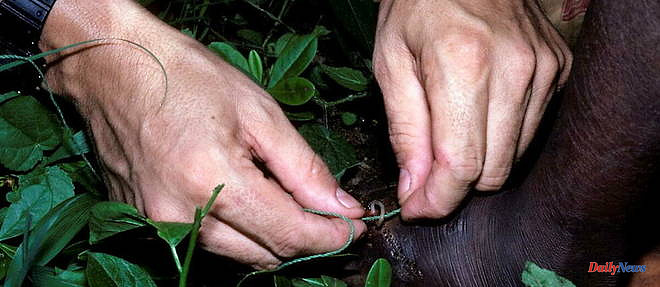One more step towards an exceptional news. There would have been only 13 cases of Guinea worm disease in 2022. When the attempt to eradicate this disease began in 1986, there were more than three million cases. If eradicated, it would be the second in history after smallpox, according to The Guardian.
This low figure is the result of more than forty years of struggle around the world, mobilizing affected communities and improving the quality of drinking water in transmission hotspots. Thus, Pakistan, India, Uganda and the Democratic Republic of Congo are among the countries that have eradicated it. There are still cases in Chad (six cases in 2022), South Sudan (five), Ethiopia (one) and three countries that have not recorded cases in 2022: Angola, Mali and Sudan.
If dracunculiasis is eradicated, it would also be the first time a disease has disappeared without the need for a vaccine or medication. But for that, it will have to be eliminated not only in humans, but also in animals. And there too, things are going in the right direction, according to the Carter Center, which leads the eradication program, since infections have fallen by more than a fifth in 2022.
Adam Weiss, who leads the program, said, "We continue to study ways to defeat and prevent this infection… We won't stop until the last Guinea worm is gone." »
Even today, no effective treatment is known to fight Guinea worm disease. About a year after Guinea worm larvae enter the body, usually by drinking contaminated water, the affected person will experience severe pain as a blister forms on the skin and emerges slow of one or more worms measuring up to one meter, recalls the British media. The disease is mostly incapacitating.












